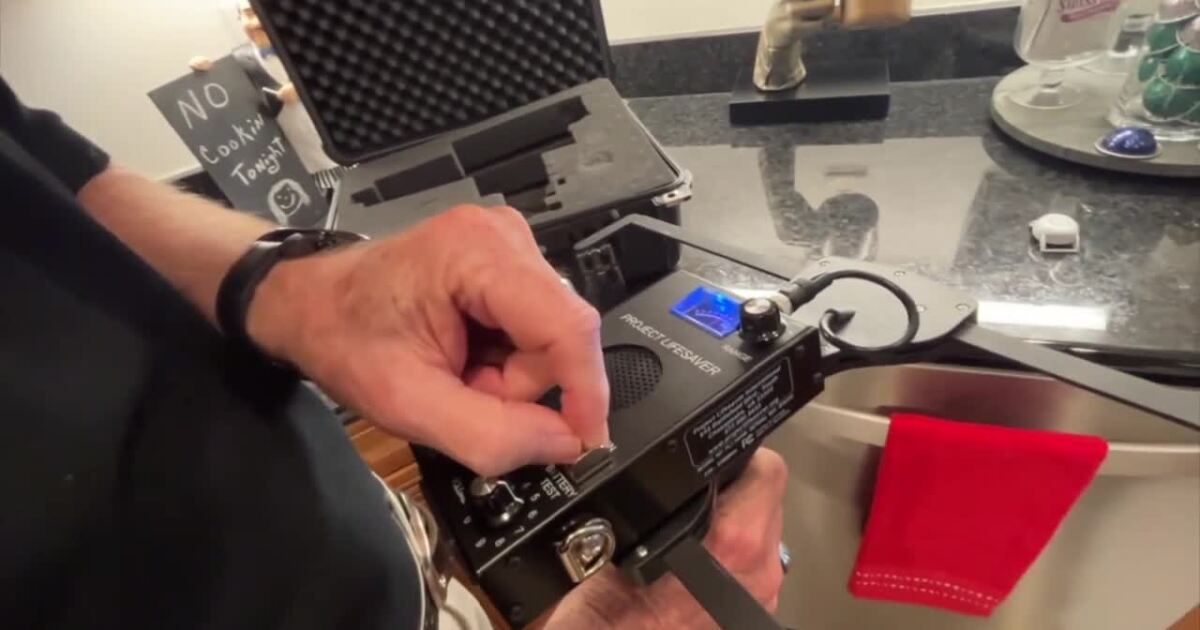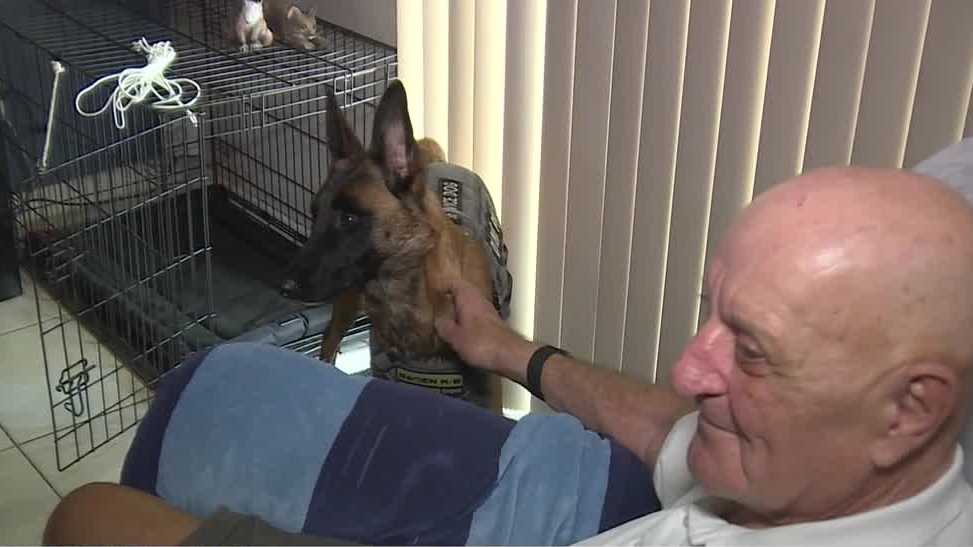Nonprofit’s life-saving technology helping locate missing persons
PORT ST. LUCIE, Fla. — A new application to old technology is helping locate missing people.
Project Lifesaver founder and CEO Gene Saunders said the device behind his organization uses radio technology to find at-risk loved ones living with Alzheimer’s disease or autism when they disappear.
Belle Glade
Autistic boy, 5, found dead in canal during search
8:27 PM, Feb 12, 2024
The device emits a strong and steady beep.
“That is the sound that the officers are looking for,” Saunders said. “That way they’re picking up the signal from the transmitter bracelet.”
WPTV
Project Lifesaver founder and CEO Gene Saunders explains how their technology uses radio waves to locate missing persons.
He said the cases where his trackers have helped locate missing persons speak to the effectiveness of Project Lifesaver since the organization started in 1999.
“Right now, we can document about 4,270 or so [who have been located using the technology],” Saunders said.
That’s enough to prompt local law enforcement agencies to sign on. Detective Kristin Meyer with the Port St Lucie Police Department said in the nine years she’s led the program at the department, Project Lifesaver has proven to be priceless.
“It gives us a tool to work quickly and bring your loved one home as soon as we possibly can,” Meyer said. “We just ask family members to keep all safety measures in place.”
Things like alarms and swim lessons are just as valuable, especially when someone on the autism spectrum vanishes. One of the most important things Meyer said the bracelets do is save time.
WPTV
Detective Kristin Meyer discusses how Project Lifesaver has helped officers locate missing people quickly.
“The quicker we can get on foot and start saturating that neighborhood, then yes that is key the bracelet will start leading us directly to the child,” Meyer explained. “It has a two-mile radius on the ground.”
The Autism Society of Florida reports children diagnosed with autism spectrum disorder are 160 times more likely to drown than their neurotypical peers….




